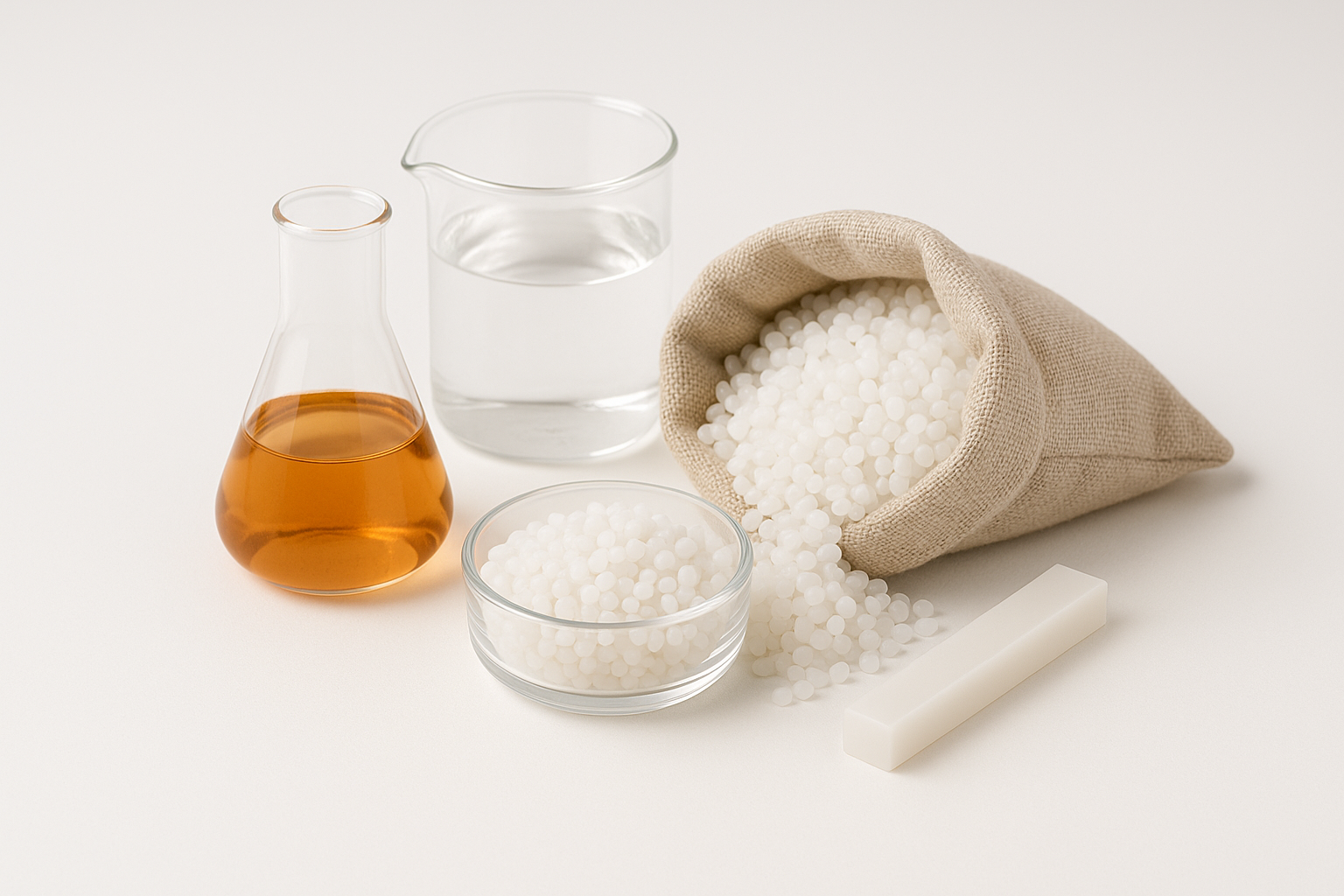ZP Global
Welcome to ZP Global — your trusted partner in global trade.


We provide high-quality industrial components and raw materials to support manufacturers and production facilities worldwide. Our sourcing network ensures reliable delivery and consistent standards.



| Specification | Test Method | Unit | Min. | Max. |
|---|---|---|---|---|
| Specific Gravity at 25 °C | ASTM D70 | – | 1.01 | 1.06 |
| Penetration at 25 °C, 100g, 5s | ASTM D5 | 0.1mm | 30 | 40 |
| Softening Point | ASTM D36 | °C | 51 | 60 |
| Ductility at 25 °C | ASTM D113 | cm | 100 | – |
| Loss on Heating | ASTM D6 | wt.% | – | 0.5 |
| Drop in Penetration after Heating | ASTM D5 | % | – | 20 |
| Flash Point | ASTM D92 | °C | 250 | – |
| Solubility in Trichloroethylene | ASTM D2042 | wt.% | 99.5 | – |
| Spot Test | AASHTO T102 | – | Negative | |

From OEM parts to specialized components, we supply a diverse range of automotive parts tailored for manufacturers, workshops, and distributors.

We facilitate the wholesale distribution of cosmetics, personal care items, and food products, delivering trusted brands and safe materials to retailers and industry clients.
At ZP Global, we connect industries with quality products through efficient logistics, transparent trade practices, and customer-first service. We believe in long-term relationships built on trust, precision, and value.